Вы здесь
Necropolis of Masat Ata.
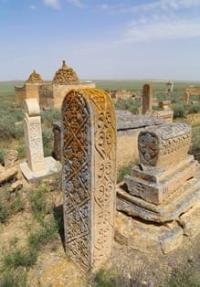
Ancient monuments of Mangystau.
“And if one of them dies,” writes the Arab historian-diplomat, “then a large pit will be dug for him in the form of a dwelling, they will put it there, put on a jacket, belt, bow ... they will put a wooden goblet with the stuffing in his hand, and a wooden vessel with the same drink will be placed in front of him. Then they will bring all his property and put it with him in this pit. After that, this pit-house will be covered with a flooring and poured on top of something like a dome of clay (mound). Then, depending on the number, one hundred, two hundred or even just one of his horses will be killed and their meat will be eaten, except for the head, legs, skin and tail. And, really, they hang it all on wooden structures and say: "On this horse he will go to paradise."
Ibn Fadlan.
Cultural and historical sights of Mangystau.
Masat Ata necropolis is located at an altitude of 237 meters above sea level, in northern part of Mangyshlak plateau, 7 kilometers northwest of eastern edge of Sauskan sands, 19.6 kilometers southeast of village of Ushtagan, 17.3 kilometers southwest of village of Sazdy in Mangistau district of region of same name.
The necropolis of Masat ata, dates back to the XIV - XIX centuries. The necropolis is located on a long ridge with a gentle southwestern slope, where there are limestone outcrops, which was used as building material for monuments.
The necropolis is located next to the traditional Mangistau wintering-kystau, located near the wells.
There is also a semi-underground single-chamber mosque with an entrance to the south. The Turkmen group of monuments (XIV - XVIII centuries) is made up of a mausoleum and numerous gravestones of the "koitas" type, tamgas are found on the gravestones, and occasionally reliefs of reed sums.
The Kazakh group of monuments is located compactly, on its north-eastern outskirts. It includes two mausoleums, several saganatams and many kulpytas with koitases, which are installed both separately and in combination with sandyktases, four mausoleums and numerous and varied stone displays with vertical stone slabs and stepped tombstones.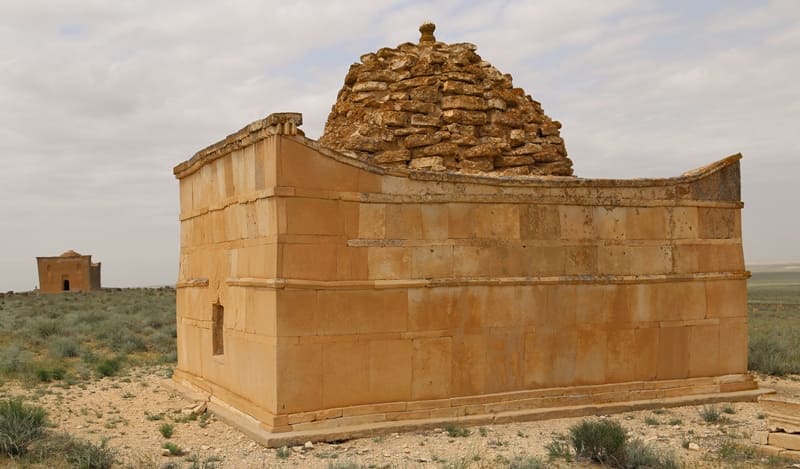
The entire territory of the necropolis can be divided into several sections, differing in the type of monuments and, accordingly, in time or belonging to different genera. The mausoleums of the necropolis define its vertical, memorable silhouette, visible from afar.
They are rectangular (close to a square) in terms of a portal-dome type building. Erected from local limestone-sandstone stone on clay mortar. The masonry was made of roughly worked stone with facing on the facades with well-worked, well-fitted slabs.
The main facades are highlighted as small portals. The decor of the facades is uncomplicated; on medieval mausoleums there are curly cornice belts, raised highlighted corners of buildings, arched niches imitating windows on the main facade.
There are images of horses, cats, camels and others, made in the technique of contour carving - graffiti. Smaller mausoleums, dating from the XIXth - XXth centuries, often lack decor. The premises of one-chamber mausoleums were covered with domes erected from roughly processed stone slabs on clay mortar, by the method of gradual filling of rows one above the other, or in the so-called false vault technique.
Saganatams represent one of the most extensive groups of buildings in the necropolis. They were erected directly on a leveled day surface without foundations and are a kind of fencing. They were built mainly of limestone-sandstone on clay mud.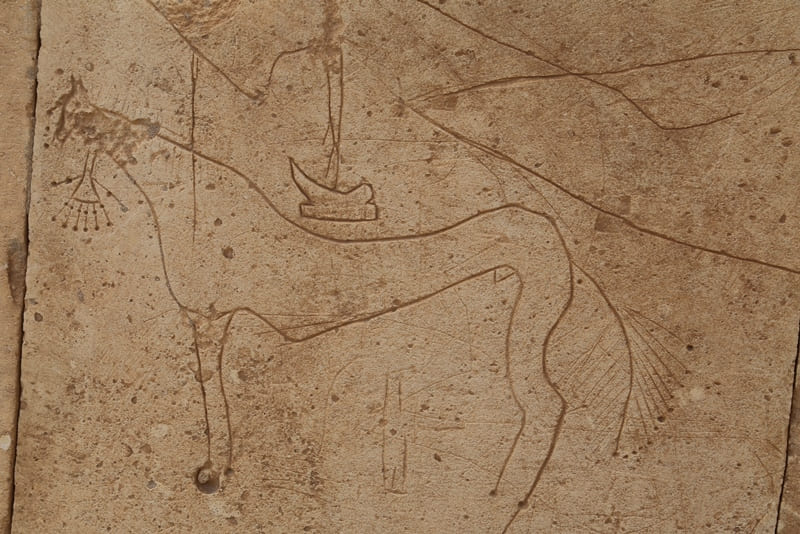
There are two types of wall structures at Masat ata necropolis:
a) erected from roughly processed stone on clay mortar using the technique of simple masonry with the simultaneous arrangement of facing along the facades of well-processed slabs;
b) the walls have a three-layer structure of well-processed slabs for facing facades and interiors with backfilling of the inner space with clay mortar and broken stone.
A number of saganatams of this type are decorated with art paintings on the cut-through ornament. Wall decor is mainly ornaments and pictures on everyday topics. Small architectural forms are the largest group of monuments in the necropolis.
It is represented by stepped tombstones, koitases, koshkar-tass, sandyktas, kulpytas, just stone displays. All of them are made of local sandstone limestone. The necropolis differs from many other necropolises of Mangistau, in that almost all types of memorial monuments are found here, starting with unworked stone stele-slabs, anthropomorphic images, images of rams - koshkartas, here you can observe a gradual stylization of forms and their evolution, which in the XVIII - XX centuries takes the form of koitases, kulpytases covered with flat-relief ornamental carving.
The later ones have the characteristic features of the local art school. Burials in the adjacent part of the necropolis are marked by stone masonry and koitases of simple shapes.
Geographic coordinates of Masat Ata necropolis: N43 ° 41'39 E52 ° 52'58
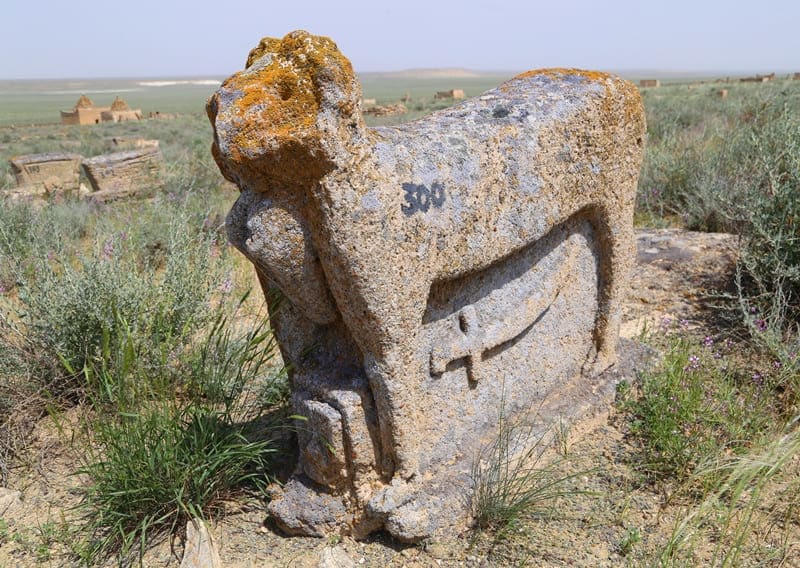
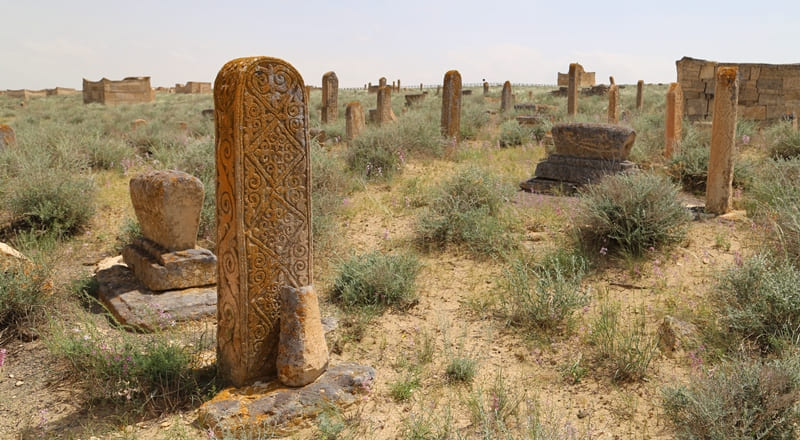
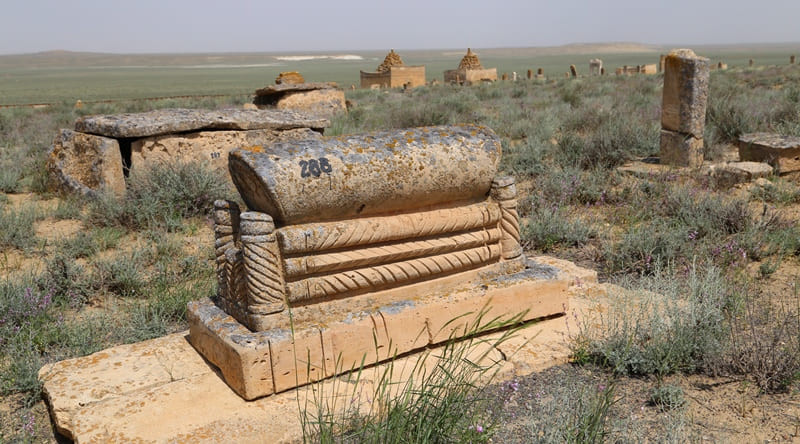
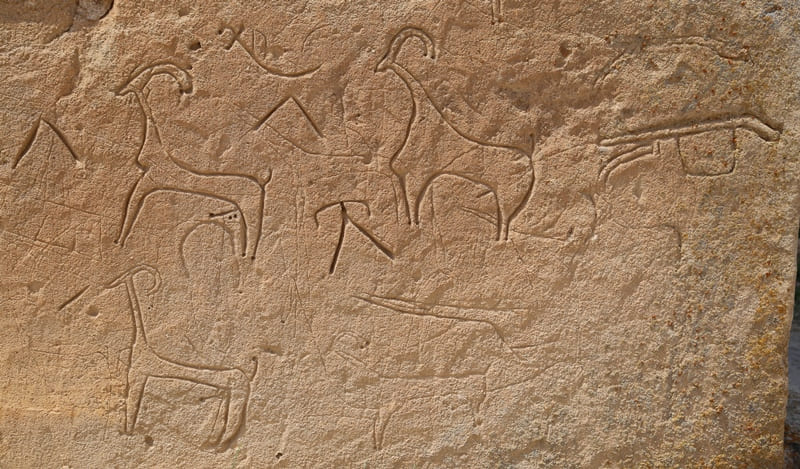
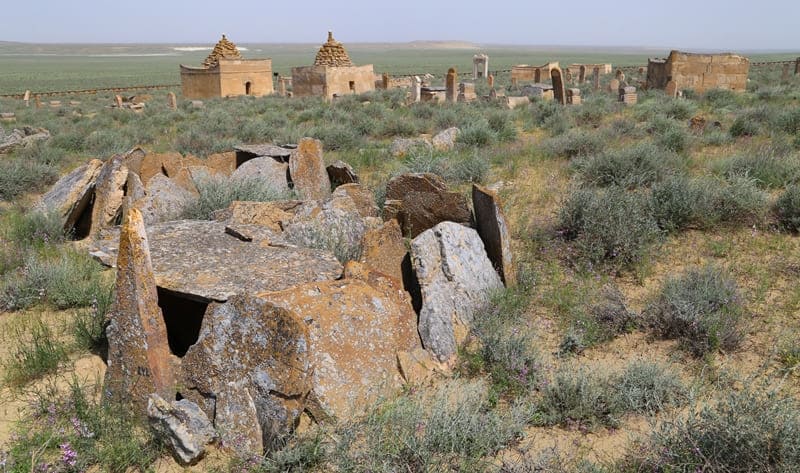
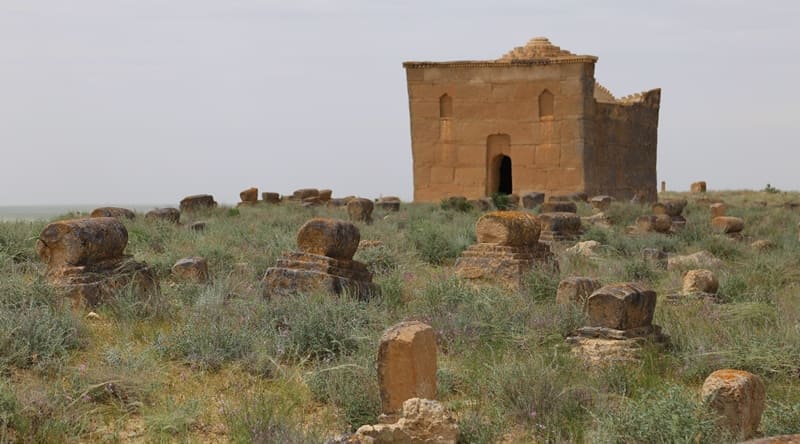
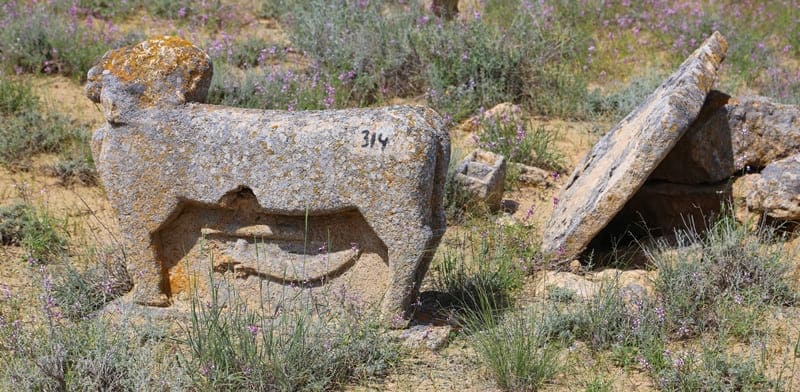
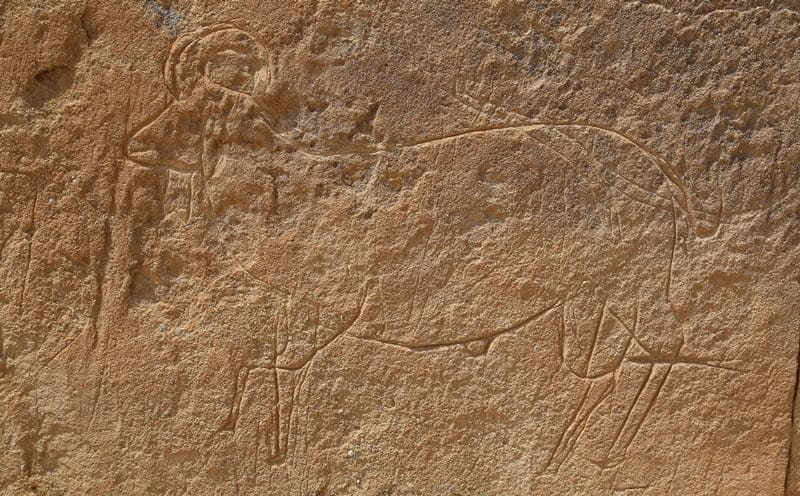
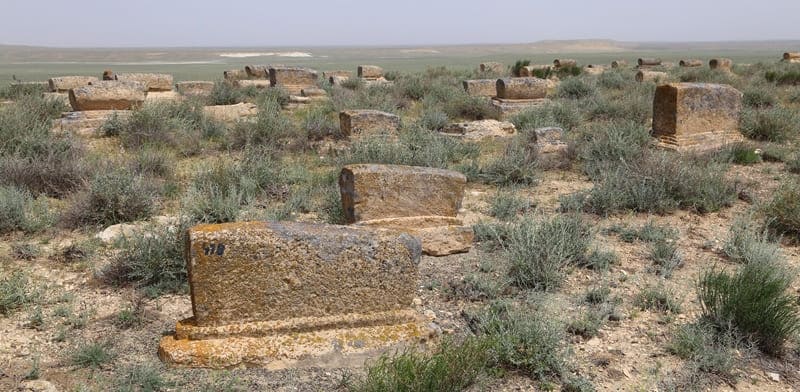
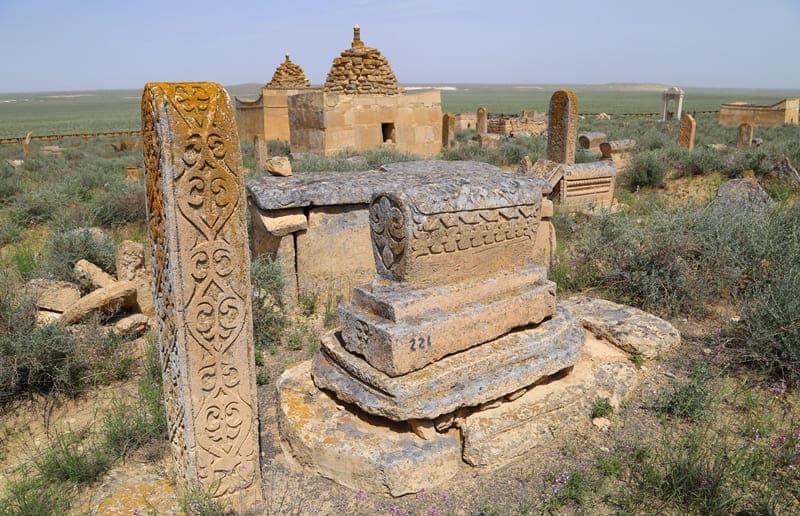
Authority:
Malbagar Mendikulov. "Monuments of folk architecture of Western Kazakhstan", Alma-Ata, 1987.
Photos by:
Alexander Petrov..







